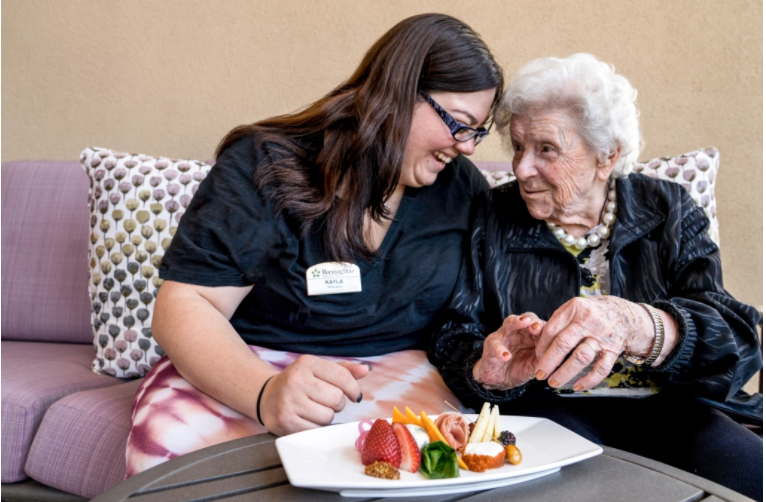Seniors and Arm Strength
We know balance exercises protect older adults’ safety and stability by preventing falls as well as helping maintain independence. The Harvard Medical School explains keeping arm strength should also be a goal for seniors.
The fact is as early as our mid-thirties, arm strength and overall muscles start to decline and continue to do so around one percent each year thereafter. Once we reach our sixties, experts say arm strength is declining by as much as 3 percent each year, and not only reduces our range of motion but increases our risk for injuries.
Functional strength improves quality of life, and having a strong upper body is important. Maintaining and/or building up arm strength benefits our bones and balance as well as prevents falls. Experts point to two important muscles that control our arm movements: biceps, the muscles located on the upper arm; and triceps, the muscles at the back of the upper arm. Both sets of muscles help us lift, carry and push.
Improving arm strength is easy to do at home and doesn’t require fancy gym equipment. Check with the Harvard Medical School or other sources on the Internet to find examples of exercises targeted toward seniors. To get started, all you need are a pair of two or five pound weights depending on your size and/or condition. As you gain strength, you can move up to heavier weights. However, before beginning any new exercise, please check with your healthcare provider.
At MorningStar of Wheat Ridge, retirement communities we believe in providing seniors an all-encompassing environment for residents’ well-being and safely to comfortably age in place. Our community offers a fitness center and a range of fun programming to maintain physical abilities.
In addition, we provide senior care and hospitality services along with luxury amenities and a choice of well-designed floor plans. Located in suburban Denver, our beautiful community is convenient for medical facilities, shopping, and other services. For more information on exceptional assisted living in Wheat Ridge, CO, please call us or visit our website.
MorningStar has considered it a privilege and responsibility to “cast a new light” on senior living, inspired and empowered by our unique mission: to honor, to value, to invest. Our passionate commitment to serving seniors has proudly earned us a reputation for satisfaction that is second to none. Contact us to learn more about the finest senior apartments in Wheat Ridge, Colorado.












